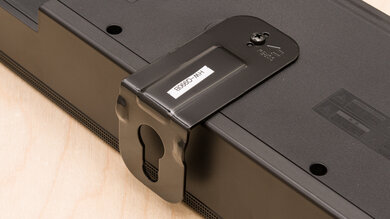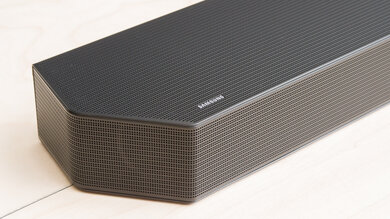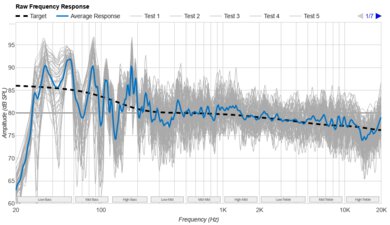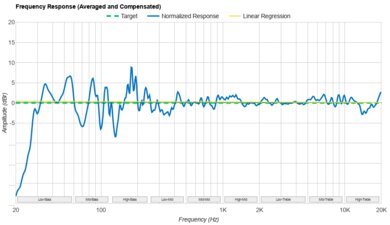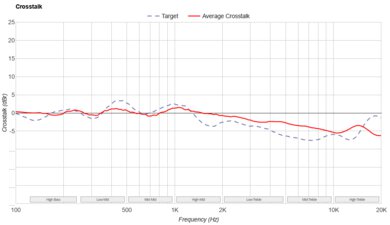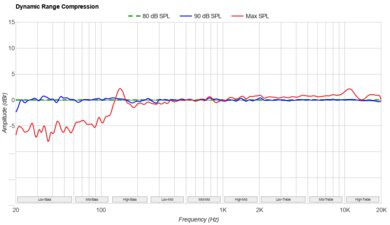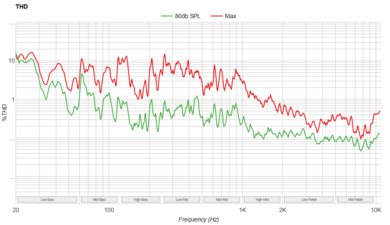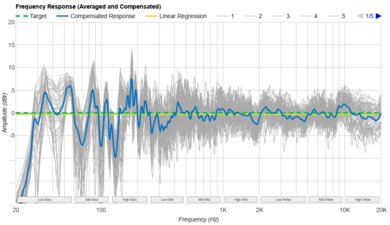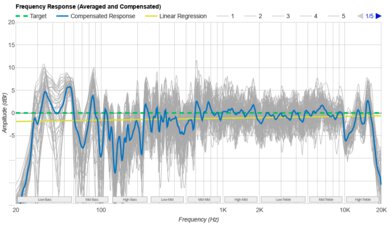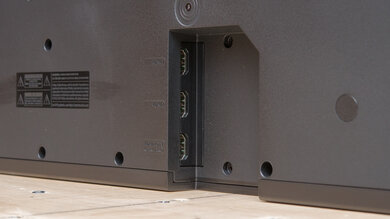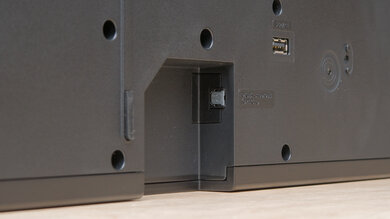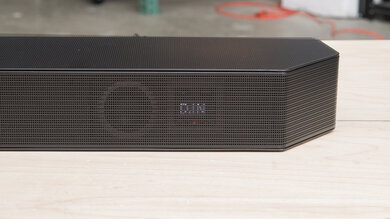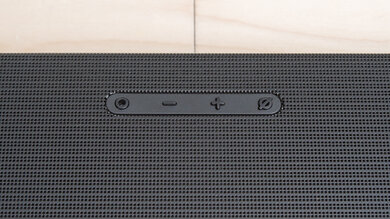The Yamaha ATS-1090 is an entry-level 2.2 soundbar that's ideal for listening to stereo content. It has dual subwoofers integrated into the bar itself to improve its bass reproduction, and you can always add on a separate sub thanks to its subwoofer output. It adds built-in Alexa and Wi-Fi connectivity compared to the Yamaha YAS-108/ATS-1080. It can't playback more immersive audio formats like Dolby Atmos, though.
Our Verdict
The Yamaha ATS-1090 is passable for mixed usage. This 2.2 soundbar is better suited for stereo content, which includes most music and TV shows. It has a bass-heavy sound out-of-the-box that brings a dark quality to the mix, though you can still follow along with the action on screen. It lacks many sound customization features and has to downmix multichannel formats like Dolby Digital into stereo to play it back.
- Clear Voice feature.
- Built-in Alexa.
- Lacks low-bass.
- No Dolby Atmos support.
The Yamaha ATS-1090 isn't bad for dialogue-heavy TV shows and podcasts. It's a 2.2 setup, meaning it doesn't have a discrete center to improve vocal clarity in the mix. Still, you can follow along with conversations on screen pretty well. Its Clear Voice feature can enhance dialogue, too, though it's not a significant improvement. You can also stream to the bar over Bluetooth or Wi-Fi.
- Clear Voice feature.
- No EQ.
The Yamaha ATS-1090 is acceptable for music. Its default sound is bass-heavy and dark, which muddies voices a bit. You're also pretty limited in sound customization because it's such a simple bar. You can adjust the subwoofer volume but can't adjust its bass or treble. It also lacks a lot of low-bass, which is evident with genres like EDM and hip-hop, as you don't notice as much thump or rumble.
- Subwoofer level adjustment.
- Clear Voice feature.
- No EQ.
- Lacks low-bass.
This bar is middling for movies. This 2.2 bar can't bring an immersive feel with multichannel audio formats like Dolby Digital. It has to downmix 5.1 surround sound into stereo to play it back, resulting in a less clear and real feel. Plus, it doesn't support Dolby Atmos content. You also notice the lack of low-bass in action scenes, as you don't feel the rumble with large explosions and the like.
- Subwoofer level adjustment.
- Lacks low-bass.
- No Dolby Atmos support.
Check Price
Differences Between Sizes And Variants
The Yamaha ATS-1090 soundbar is available in Black, and you can see the label for the tested model here.
If you come across another version of this soundbar, let us know in the forums.
Popular Soundbar Comparisons
It's a simple soundbar that's best for music and TV shows. It lacks a lot of sound customization features and doesn't support many multichannel audio formats. Though it has dual subwoofers integrated into the bar, it still struggles to bring a deep and rumbling bass. That said, if you don't watch a lot of movies, you may find it's a better value overall.
See also our recommendations for the best soundbars, the best soundbars for dialogue, and the best small soundbars.
The Yamaha YAS-109 and the Yamaha ATS-1090 are very similar. The YAS-109 can reproduce a better low-frequency extension, so you notice more bass in the mix. However, only the ATS-1090 supports DTS content via Optical, which is commonly found on Blu-rays and streaming platforms alike.
The Sony HT-S200F and the Yamaha ATS-1090 are both simple standalone soundbars. The Sony is smaller but can reproduce more low-bass, and it gets a little louder. It doesn't have a Full HDMI In port for video passthrough like the Yamaha. The Yamaha has built-in voice assistant support, too.
The Yamaha YAS-108/ATS-1080 has been discontinued, but its performance is similar to that of the Yamaha ATS-1090. They're both 2.2 soundbars with similar designs. The 1080 brings a little more bass, and it gets louder. However, it doesn't support Alexa or Wi-Fi connectivity like the 1090.
The Sony HT-S400 is better than the Yamaha ATS-1090. The Sony has a dedicated subwoofer, so it has a better low-frequency extension, meaning you get more bass in the mix. Plus, it gets louder and has more sound enhancement features. That said, it doesn't have built-in Alexa support like the Yamaha, nor does it support DTS content.
Test Results




